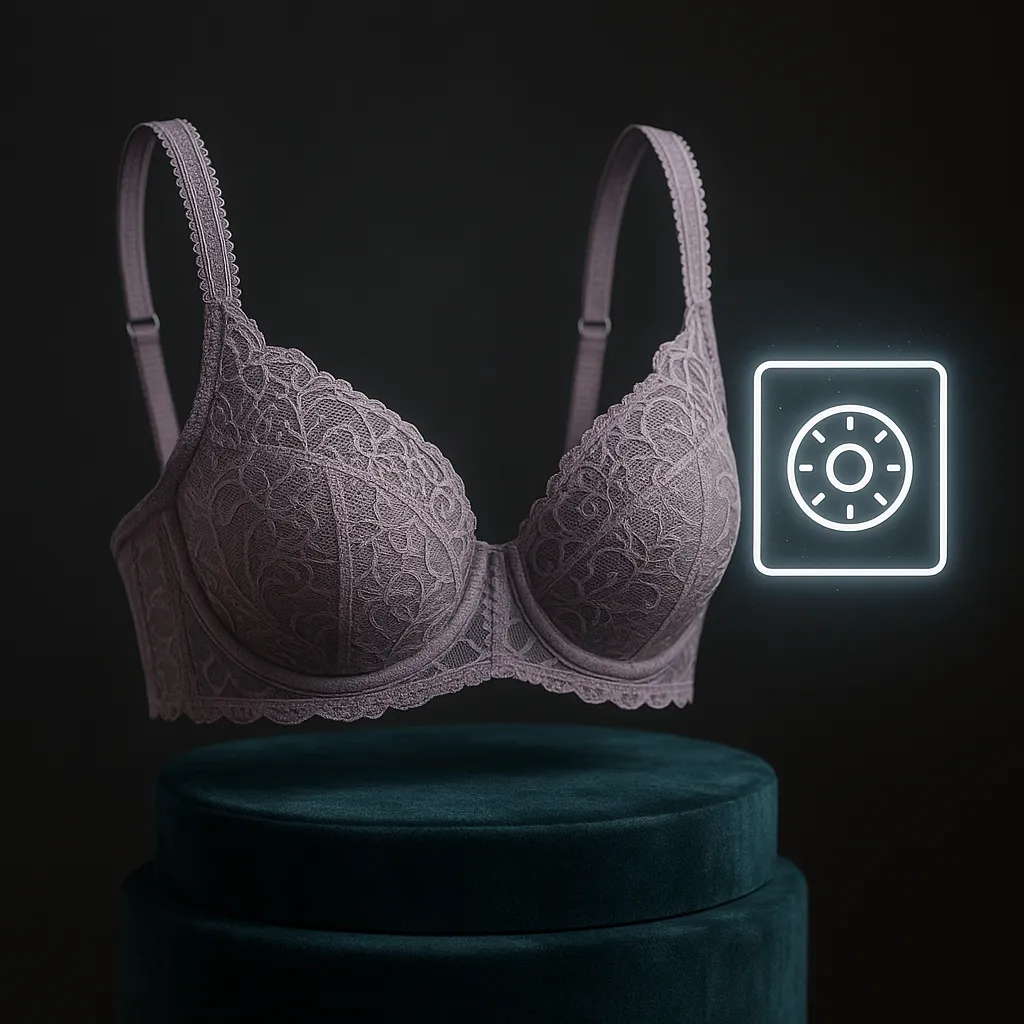
How to Price Your Bras (Without Underselling Yourself)
Introduction
You’ve got a bra sitting in the back of your drawer—the one you wore for months, maybe years. The band is a little stretched, the cups softened, the straps molded to your shape. To you, it’s just “used.” But to a buyer, that history is exactly the appeal. And when it comes time to list, the hardest question hits: what’s it worth?
Pricing is one of the hardest parts of selling. At Bratags, we’ve seen that sellers who honor both the market and themselves create the strongest outcomes—financially, emotionally, and for the community.
“Pricing is part art, part science. Your bras aren’t just inventory—they’re stories, beauty, rarity.”

1. What Makes a Bra More Than Just a Label
- Rarity & Design Features: Limited runs, unusual sizes, discontinued brands. These factors matter.
- Condition & Preservation: Fabric elasticity, intact straps, original packaging—these add premium.
- Story & Aesthetic Value: Provenance transforms an item into a collectible.
“Sometimes rarity isn’t romantic—it’s exhausting. But that’s what makes the right price even more validating.”

2. Understanding the Market Landscape
A fair price doesn’t come from guessing—it comes from context. Take time to browse comparable listings. Look closely at bras that actually sold rather than those that have just been sitting unsold. That tells you what buyers are really paying.
Pay attention to trends, too. Certain sizes—like very small bands or large cups—carry higher demand. Some brands or discontinued styles regularly draw interest, no matter the condition. Seasonality can play a role as well; holidays and gift-giving times may drive higher sales across the marketplace.
And be careful not to fall into the undervaluation trap. Just because a bra is worn doesn’t mean it should be cheap. Buyers aren’t here for “discount retail”—they’re here for worn, lived-in authenticity.
- Look at comparable listings—focus on sales, not just asking prices.
- Spot trends & demand—certain sizes, styles, or brands will be hotter.
- Avoid undervaluation traps—don’t assume low price equals quick sale.
3. Costs & Hidden Overheads You Should Count On
When you think about pricing, don’t just focus on what the buyer sees. Think about what it costs you to make the sale. Did you spend time gently laundering the bra before photographing? Did you take close-ups of straps, bands, and seams to show its condition clearly? Did you package it securely so it would arrive safely?
Even the hidden things matter. Shipping and packaging supplies aren’t free. Platform and transaction fees chip into your final number. All of these costs should be in the back of your mind when you decide what feels fair for both you and the buyer.
- Original purchase price & upkeep.
- Packaging & shipping—especially delicate bras.
- Platform & transaction fees.
- Photography: good photos pay for themselves by supporting higher prices.

4. Pricing Strategies You Can Trust
Start with two numbers: the lowest you’d accept, and the price you’d ideally like to see. That range gives you room to negotiate without regret.
Anchoring works well—set a price a little higher, knowing you may accept less. This way, when a buyer makes an offer, you still end up at a number that feels good.
Testing is also part of the process. If your listing sits too long without attention, don’t panic—refresh the photos, update the description, and adjust the price. Sometimes the difference between interest and indifference is a clearer photo of the straps or a more honest description of wear.
And don’t be afraid of tiered pricing. For example, if you’re listing multiple bras, you might set one price for a single purchase and a slightly discounted bundle price if someone buys more than one.

5. Fairness, Transparency & Community Value
The most important part of pricing is honesty. Always disclose wear and flaws. Buyers don’t expect perfection—they expect truth. Describe the stretched band, the softened cups, the shape of the straps. Include photos that back up your words.
Transparency doesn’t weaken your listing; it strengthens it. A buyer who trusts you’ll tell the whole story is more willing to pay the price you ask. And when all sellers commit to that same fairness, the Bratags marketplace as a whole becomes stronger and more respected.
“Marketplace trust is built one listing at a time.”
6. Real-Seller Stories
We’ve seen sellers list bras with visible wear at very low prices, assuming “worn means cheap.” But once they revised their listings—adding clearer photos, fuller descriptions, and prices that reflected rarity or brand demand—the same bras sold quickly at significantly higher prices.
One seller put up a discontinued bra with stretched straps, thinking it wouldn’t move. After feedback from the community pointing out its rarity, she relisted with a higher price and sold it within days. Another seller took a bra that sat unsold at a bargain price, rewrote the description to highlight its lived-in story, and found a buyer who appreciated it enough to pay double.
The lesson? Don’t undersell yourself. Buyers are here for the wear as much as the brand.
7. Tools & Resources
You don’t have to do this alone. Use Bratags’ built-in features: browse similar listings, check rarity tags, and lean on community feedback. Other sellers have been exactly where you are, and they’re often willing to share what worked for them.
Outside Bratags, look at brand catalogues, resale forums, or collector groups. The more you understand what others are valuing, the more confidently you can set your own prices.
8. Advice for First-Timers
Take the time to do this right. Photograph your bras in good light, showing the wear areas honestly. Write descriptions that tell the story—when you wore it, how you cared for it, why you’re parting with it now. Don’t undercut yourself because you’re unsure. Confidence builds with each listing, and the Bratags community is there to help you refine as you go.
Conclusion
Pricing worn bras is about respect. Respect for the piece, for the story it carries, and for yourself as a seller. Worn doesn’t mean worthless—it means lived in, appreciated, and now ready for someone new.
This week, pick one bra. Tell its story. Photograph its truth. Set a price that feels right. Then share your experience with the Bratags forum. What surprised you? What did buyers respond to? What would you adjust next time?
Because every bra carries value. The key is giving yourself permission to see it—and price it accordingly.

Create your Bratags account and come along for the ride—30 stories, one for each day.
- List your bras Signup Now
- Join our mailing list
- Pitch us your data questions or ideas [email protected]



















































